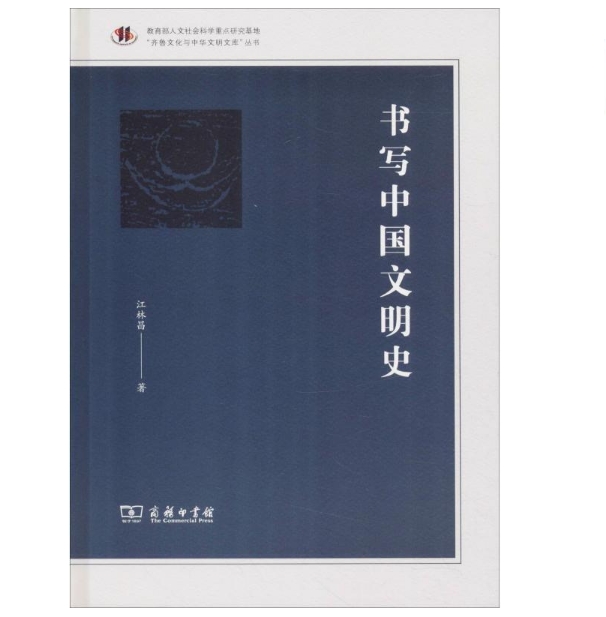How to write history of ancient Chinese civilization

Writing a History of Chinese Civilization
Jiang Linchang, vice president and professor of ancient Chinese civilization at Yantai University, attempts to explore the similarities and differences of the origins and development between Chinese and other ancient civilizations in his new book Writing a History of Chinese Civilization. He argues that the history of Chinese civilization should be written in the context of the history of world civilization to show its uniqueness and advancement. Jiang attests to the uniqueness of Chinese civilization.
On the basis of research findings of his predecessors such as Mou Yongkang and An Zhimin, Jiang further points out the special significance of jade and the Jade Age to Chinese civilization. “Compared with ancient Western societies, the Jade Age was unique in ancient China, and it was an important origin of Chinese civilization. The statement that Chinese civilization originated from the Jade Age corresponds to the statement of British archaeologist Vere Gordon Childe that ancient Western civilizations originated from the urban revolution,” Jiang writes.
China’s metal smelting technology appeared relatively late, while its jade culture developed earlier. Several of China’s first archaeological cultures, such as the Lingjiatan Culture, the Songze Culture and the Hongshan Culture, were known for their jade item discoveries. Later on, the jade wares of the Liangzhu Culture reached their peak during prehistoric times and profoundly affected the ritual systems surrounding jade in later generations. The jade wares in mention were important tools for various rites in ancient China, and the Jade Age laid the tone of upholding etiquette. Even after metal smelting technology was imported from outside and the country transitioned to the Bronze Age, bronze was mainly used to cast ritual vessels rather than to produce tools. Therefore, many scholars believed that “ritual” is the basic core of Chinese civilization, which had already begun in the Neolithic Age.
Jiang stresses that unlike ancient Greece and ancient Rome, the management models based on blood relationships were largely continued without a sharp transition to geopolitical management in the early stages of Chinese civilization. He further discusses the role of primitive religion in the process of the occurrence and early development of Chinese civilization, and he explains the continuity of ancient Chinese civilization based on the management of bloodlines.
Jiang compares Chinese characters with the texts of the ancient Egyptian and Sumerian civilizations, and he also analyzes the development trajectories of different civilizations in the Axial Age. In fact, there were many similarities among these early civilizations at the time. For example, the early Sumerian chronology was of mythological nature. It emphasized that the kingship was subject to destiny and a king usually ruled for a very long time (often tens of thousands of years). All these can be discussed in parallel with the legends of ancient Chinese history.
edited by YANG LANLAN
